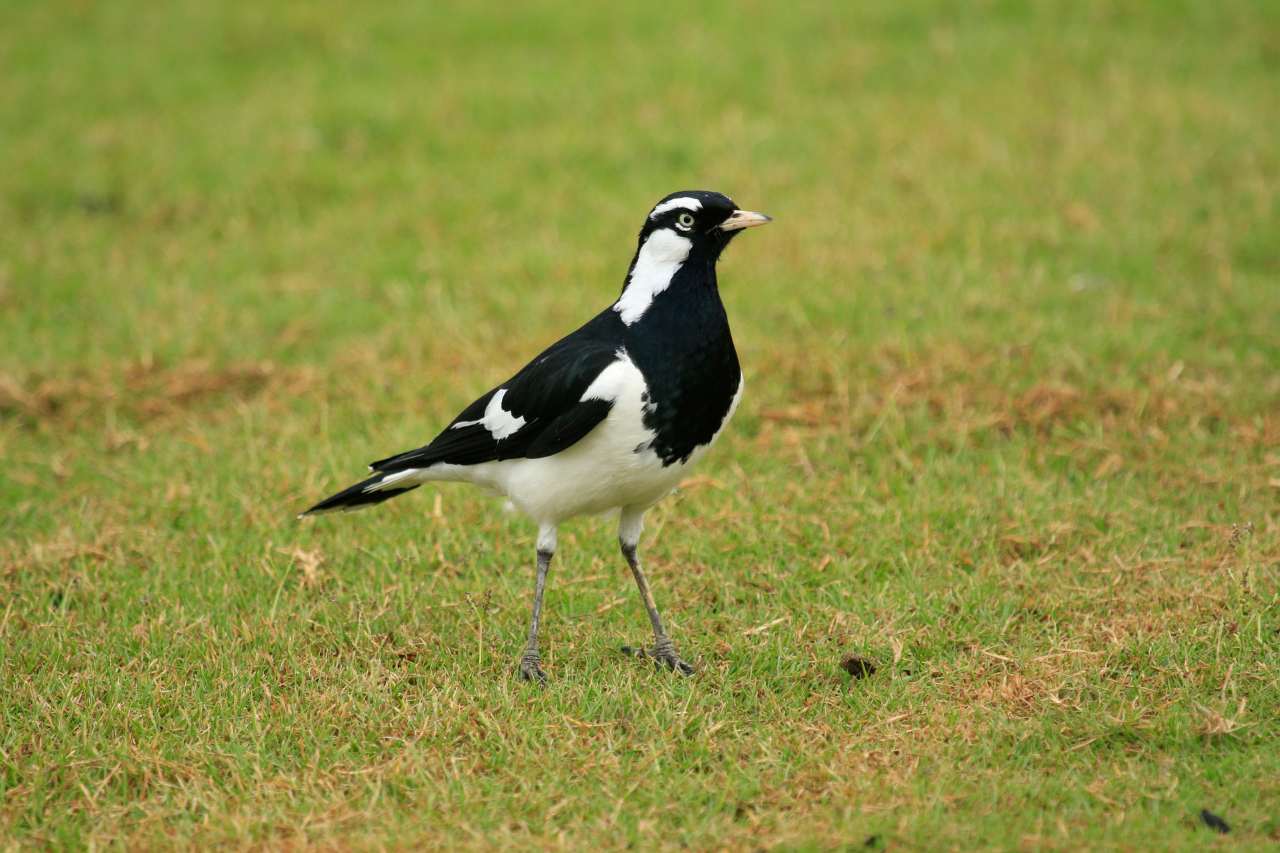
24 Oct 2024 | Apex Environmental Services (UK) Ltd
6 Most Common Pest Birds in the UK
Let's face it - not all our feathered friends are welcome guests. While birds generally add charm to our environment, some species can become genuine nuisances when they decide to make themselves at home in urban areas. Understanding which birds commonly cause problems in the UK is the first step toward managing them effectively.
What Are Pest Birds?
Before we dive into specific species, it's worth noting that the term "pest birds" doesn't mean these birds are inherently problematic. Rather, it refers to birds that frequently come into conflict with human activities, particularly in urban and suburban settings. These conflicts often arise when birds nest or roost in inappropriate places, causing damage to buildings or creating health hazards.
And in particular during the warmer months, bird control during spring in the UK becomes specifically more challenging, as this is when most species begin their nesting activities.
Impact of Pest Birds
The presence of pest birds can lead to various issues that affect both residential and commercial properties. Beyond the obvious nuisance factor, these birds can cause significant structural damage, create health risks through their droppings, and even affect business operations.
For this reason, many property owners have found success with effective anti bird netting solutions in the UK to protect their buildings and outdoor spaces from unwanted avian visitors.
Identifying the Most Common Pest Birds in the UK
Pigeons
Why Are Pigeons a Problem
Often called "flying rats," pigeons are perhaps the most notorious pest birds in urban areas. They breed year-round, producing large amounts of acidic droppings that can damage buildings and create slipping hazards. Their nests can block gutters and drains, leading to water damage.
Identifying Pigeons
You'll recognise them by their plump bodies, short necks, and distinctive grey colouring with iridescent neck feathers. They're typically 32-37cm long and have a distinctive bobbing head motion when walking.
Seagulls
Why Are Seagulls a Problem
Despite their seaside charm, seagulls have become increasingly problematic in urban areas. They're aggressive, especially during breeding season, and can dive-bomb people protecting their nests. They're also incredibly noisy and can tear open rubbish bags in search of food.
Identifying Seagulls
The most common pest species is the Herring Gull, identifiable by its white body, grey wings, pink legs, and yellow bill with a red spot. They're large birds, measuring 54-60cm in length with a distinctive piercing call.
Starlings
Why Are Starlings a Problem

While beautiful in flight, starlings can become problematic when they gather in large numbers. Their droppings are highly acidic and can damage buildings and vehicles. They're also quite noisy, especially when roosting in large groups.
Identifying Starlings
These medium-sized birds have dark feathers with a metallic sheen and speckled appearance. In winter, the speckles become more pronounced. They're smaller than blackbirds, measuring about 20-23 cm in length.
House Sparrows
Why Are House Sparrows a Problem
Though their numbers have declined in recent years, house sparrows can still cause issues in urban areas. They nest in building cavities, potentially causing damage to insulation and wiring. Their droppings can also accumulate quickly under roosting sites.
Identifying House Sparrows
Males have grey crowns, chestnut necks, and black bibs, while females are plain brown with striped backs. They're small birds, typically 14-16cm in length.
Crows and Magpies
Why Are Crows and Magpies a Problem
These intelligent birds can cause various issues, from attacking smaller birds to damaging crops. They're also known to pull up newly planted seeds and bulbs, making them particularly troublesome in gardens.
Identifying Crows and Magpies
Crows are large, all-black birds with distinctive calls. Magpies are easily recognisable by their black and white plumage and long tails, with a beautiful blue-green iridescence.
General Tips for Managing Pest Birds
Preventative Measures
Prevention is always better than cure when it comes to pest birds. Consider installing physical barriers like netting or spikes before birds establish roosting or nesting sites. Keep areas clean and free from food sources that might attract birds.
Legal Considerations
Remember that all wild birds in the UK are protected by law. While there are provisions for controlling pest species, you must do so within legal parameters. Always consult professionals before taking any control measures.
Final Thoughts
While pest birds can be challenging to manage, understanding which species you're dealing with is half the battle. Whether you're facing problems with aggressive seagulls or messy pigeons, there are always solutions available. Consider reaching out to professional bird control experts like us at Apex Bird Control, who can provide tailored advice and implement effective, humane control measures for your specific situation.
Remember, the goal isn't to harm these birds but to discourage them from causing problems while maintaining the delicate balance of our urban ecosystems. With the right approach and professional guidance, you can effectively manage pest bird issues while ensuring the welfare of both birds and people.


